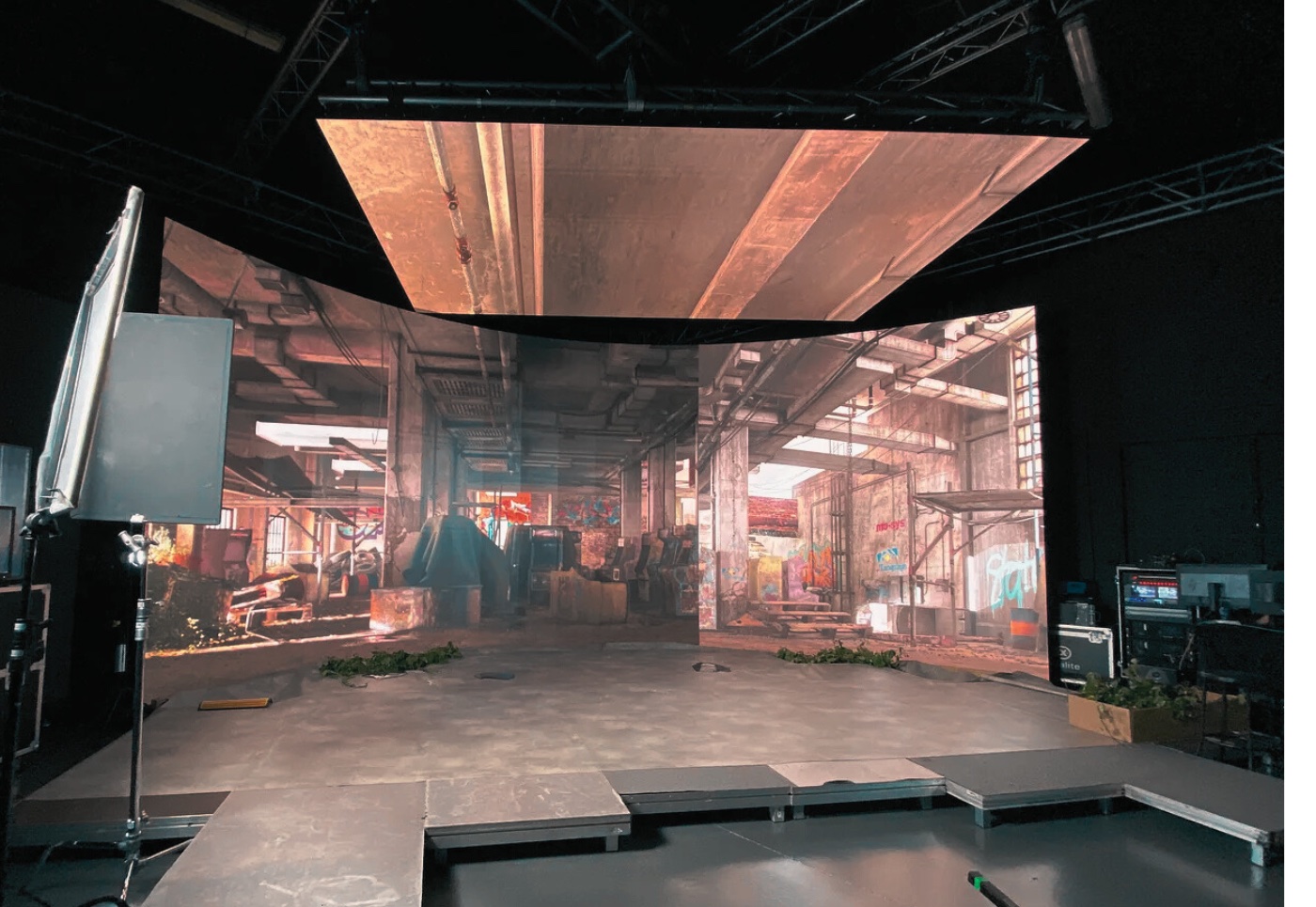The executive director of leading LED screen manufacturer Alfalite, Luis Garrido, discusses the transformational impact of virtual production and the need for standardisation as this area of technology mature
Have you been surprised by the phenomenal rise of virtual production over the past few years?
Yes – the growth of virtual production has been surprising and has exceeded industry expectations. In just a few years, this technology has transformed how audiovisual content is created and produced. Advanced LED screen solutions, like those from Alfalite, have been instrumental in facilitating this change, enabling the creation of dynamic 3D backgrounds and immersive sets that enhance the experience for the production team, actors and viewers alike. The increase in quality and resolution – with options ranging from 4K to 16K – has allowed directors and producers to recreate environments that were previously only possible with complex special effects and post-production.
Now, backgrounds are captured directly on camera with impressive realism, greatly reducing the need for additional post-production work. This speed in workflows, along with the cost savings associated with location scouting and team travel, has made virtual production an attractive option for film, series, advertising and live productions. The ability to synchronise between the LED screen, camera and set elements has opened new doors to creativity, allowing filmmakers to experiment with perspectives and camera movements that were previously difficult to achieve.
Additionally, advances in interactive lighting and colour control have allowed cinematographers and creatives to maintain precise artistic control over each scene, utilising LED screens as an additional light source. This phenomenon undoubtedly marks a new era for audiovisual production, and at the pace it’s evolving it’s likely to become the standard in content creation in the coming years.
From Alfalite’s standpoint, what are the aspects of virtual production that excite you most – both in terms of the creative and commercial opportunities?
Alfalite focuses on leveraging virtual production to create realistic and immersive 360° spaces, which not only reduces costs but also increases creative freedom. Advances in synchronisation between the camera, set and LED screen provide a more immersive environment for actors and allow directors to maintain full control over the scene’s aesthetics. This represents a major opportunity in the film, advertising and live production markets, which can reduce time and optimise resources with these solutions.
Please tell us a little bit about the history of Alfalite’s involvement with virtual production.
Alfalite has been at the forefront of implementing LED screens for virtual production, developing its VP XR system, which integrates augmented, virtual and mixed reality technologies. This system has positioned itself as an innovative solution for creating real-time virtual environments, allowing production teams to leverage the advantages of dynamic 3D sets and perspectives adjusted to camera depth.
What are your key solutions with relevance to virtual production as of 2024, and what are you currently working on in this area?
Alfalite’s key solutions for 2024 include the Modularpix VP XR LED screen series, offering high protection, easy maintenance and customisable options. These screens feature advanced characteristics like ultra-low latency, HDR10, a refresh rate of up to 9,840 Hz, and pixel-by-pixel calibration for uniform brightness and colour accuracy.
Currently, Alfalite is working on major projects like the Coruña Immersive Studio (CEI), an initiative led by the Diputación de A Coruña with an investment of €2,534,538, where its screens will be the centrepiece of the largest audiovisual set in Spain. At the CEI, Alfalite will integrate its VP XR solution, which includes a semi-circular Alfalite Modularpix Pro 1.9 1/16s screen that is 28 metres long by 6 metres high for the wall, three high-brightness Alfalite Modularpix Pro 3.9 modules for the ceiling (totalling over 100 square meters), and two Alfalite Modularpix Pro 2.6 1/12s totems measuring 2.5×4.0 m. These screens will allow the creation of immersive and dynamic backgrounds with depth and perspective, capable of recreating any real or virtual scene with absolute realism and exceptional immersive capability.
This project, developed alongside Tangram Solutions and Telefónica Audiovisual Services, will enable film and television producers to create highly detailed virtual environments, offering viewers a completely immersive experience. Through this collaboration, Alfalite further consolidates its position in the virtual production market for film, advertising and video games, establishing itself as a leader in cutting-edge solutions.
How would you like to see virtual production evolve in the next few years? For example, do you think that more standardisation is needed (as we are starting to see happen with camera metadata) and do you have any views on how this should be implemented?
It would be beneficial for virtual production to move toward greater standardisation, particularly in areas like camera metadata synchronisation, which would facilitate integration with different technologies and reduce compatibility issues. Standardisation in terms of colour control and latency could also help improve visual consistency in productions involving multiple studios and camera systems, creating a more homogeneous experience for audiences and simplifying workflows.
Are there any common misunderstandings or misconceptions about virtual production that you think need to be clarified?
One of the most common misconceptions is that virtual production is always costly and complex to implement. With Alfalite’s technologies, it has been proven to be an efficient and flexible option, adaptable to different budgets and production needs. Additionally, some people don’t fully understand the advantages of synchronisation and the customisation capabilities that modern LED screens offer, which allow for total aesthetic control and reduce the need for intensive post-production.
Read the whole issue below.
Single page full-screen view link for mobile devices
https://bit.ly/Production360-V1-2
Double-page full-screen view link
https://bit.ly/Production-360-V1-2






